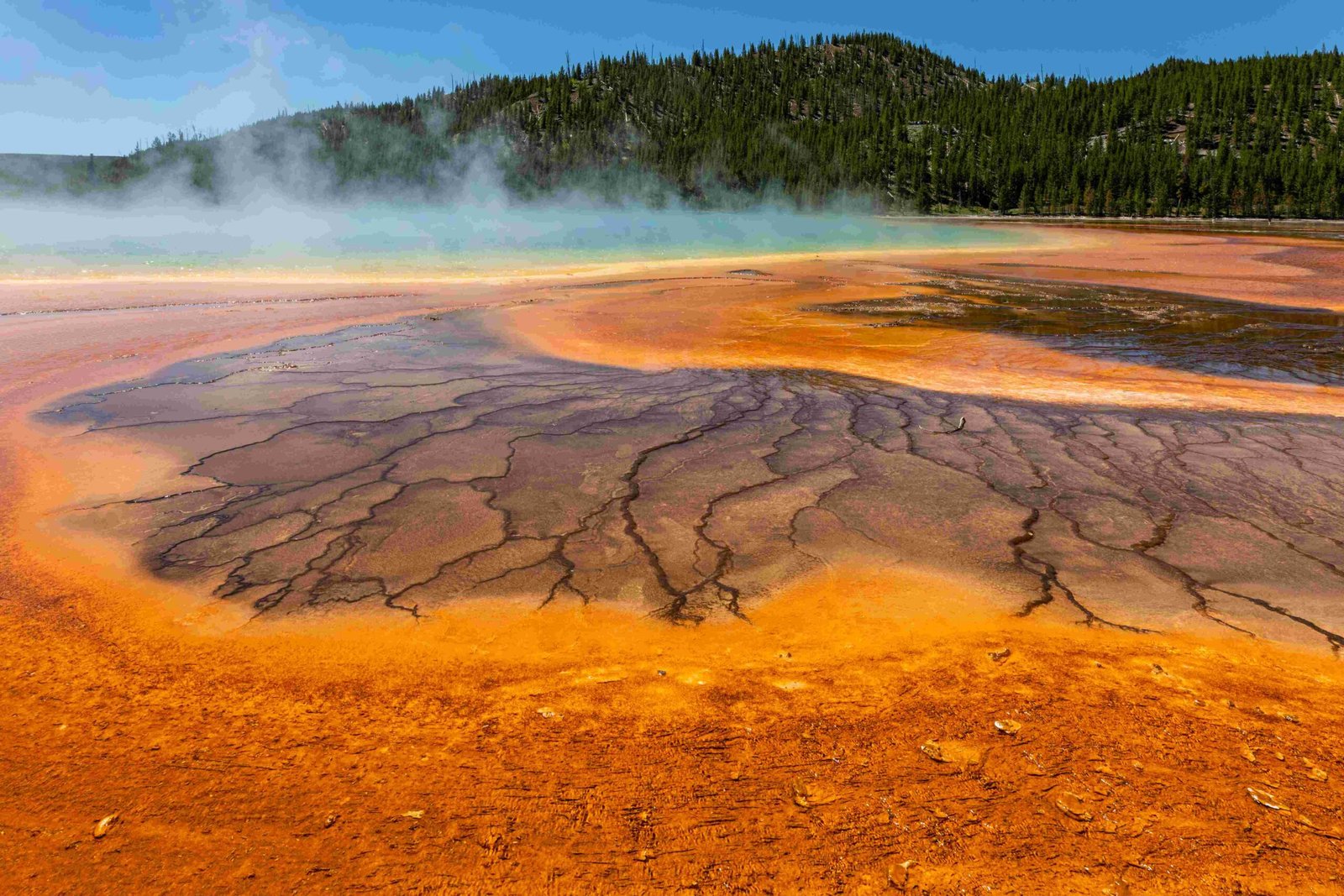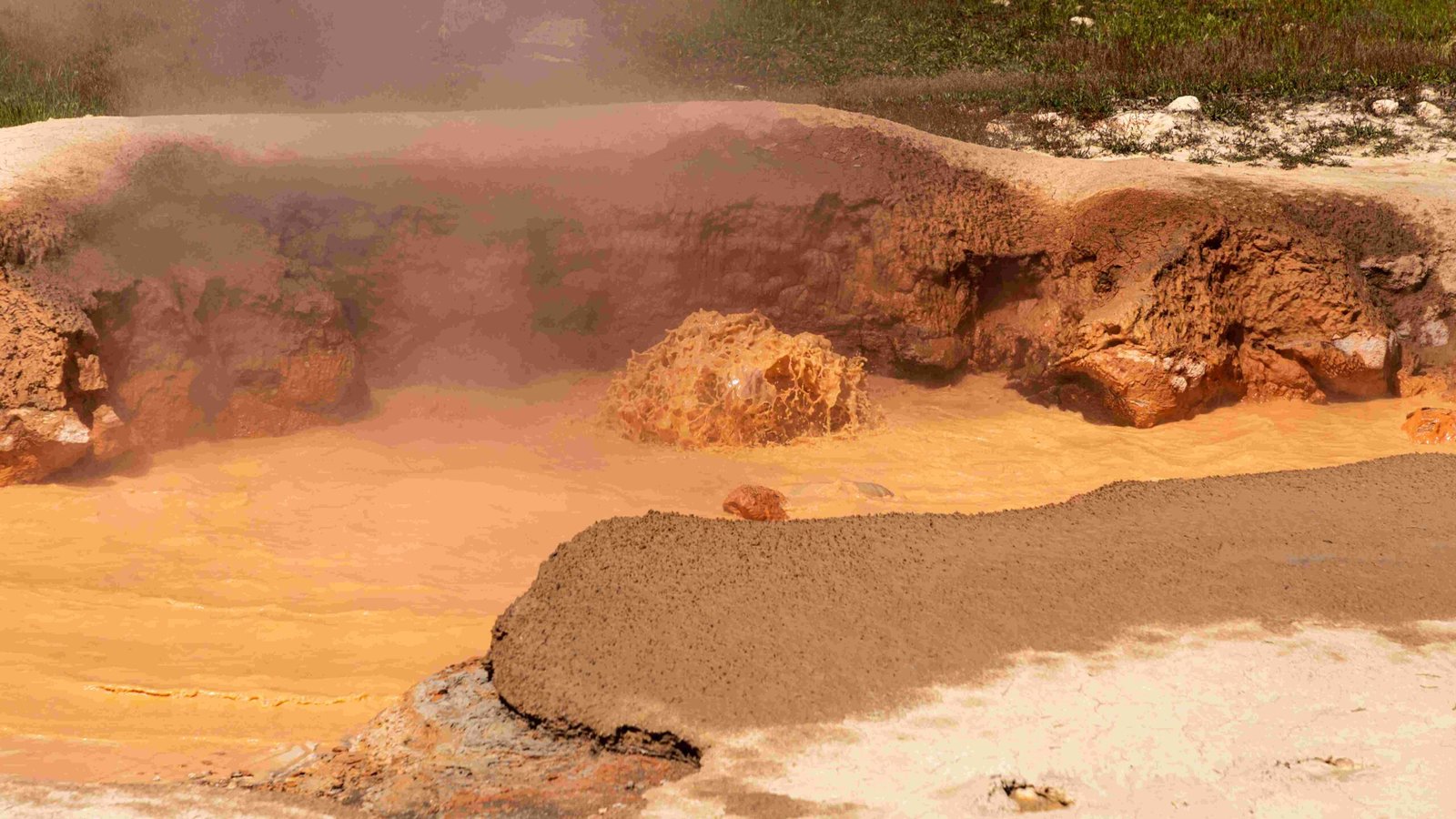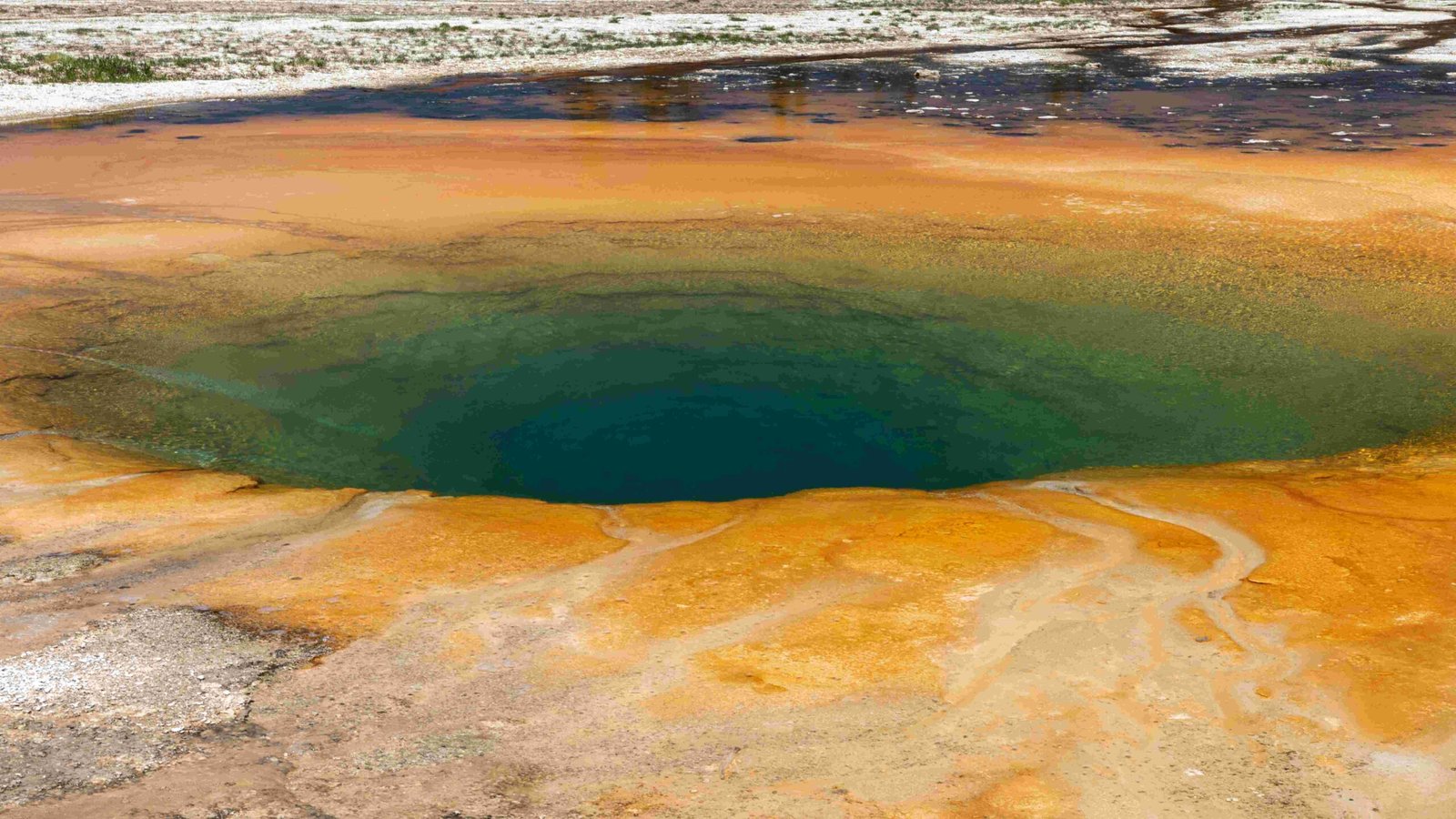Yellowstone National Park, one of America’s most iconic natural treasures, spans an impressive 3,472 square miles (8,991 square kilometers). This vast expanse encompasses a diverse landscape of geothermal features, forests, grasslands, and water bodies. Established in 1872 as the world’s first national park, Yellowstone’s immense size contributes to its rich biodiversity and unique geological phenomena.
What is the Total Area of Yellowstone National Park?

Yellowstone National Park covers a total area of 3,472 square miles, which is equivalent to:
- 8,991 square kilometers
- 2,221,766 acres
- 898,317 hectares
This expansive area makes Yellowstone larger than the states of Rhode Island and Delaware combined. The park’s immense size allows for a diverse range of ecosystems and habitats, supporting an incredible variety of flora and fauna.
How is Yellowstone’s Land Distributed Across States?

While Yellowstone National Park is often associated with Wyoming, it actually spans three states:
| State | Percentage of Park Area |
|---|---|
| Wyoming | 96% |
| Montana | 3% |
| Idaho | 1% |
This distribution highlights the park’s vast size, extending beyond state boundaries to preserve its unique geological and ecological features.
What are the Dimensions of Yellowstone National Park?
The park’s dimensions contribute to its impressive square mileage:
- North to South: 63 air miles
- East to West: 54 air miles
These measurements give an idea of the park’s roughly rectangular shape, which allows for a diverse range of landscapes and ecosystems within its boundaries.
How Does Elevation Vary Across Yellowstone’s Square Mileage?
Yellowstone’s topography is as diverse as its size, with elevations ranging from:
- Lowest point: 5,282 feet at Reese Creek
- Highest point: 11,358 feet at Eagle Peak
This elevation range of over 6,000 feet contributes to the park’s varied ecosystems and microclimates, enhancing its biodiversity across its square mileage.
What Percentage of Yellowstone’s Square Mileage is Covered by Water?
Approximately 5% of Yellowstone’s total area is covered by water. The most significant water body is Yellowstone Lake, which:
- Covers 131.7 square miles of surface area
- Has a maximum depth of 430 feet
This substantial water coverage contributes to the park’s diverse habitats and supports a rich aquatic ecosystem.
How is the Land Coverage Distributed in Yellowstone’s Square Mileage?
Yellowstone’s 3,472 square miles are divided into different types of land coverage:
- Forests: 80% of the park area
- Grasslands: 15% of the park area
- Water: 5% of the park area
The dominant forest type is lodgepole pine, which plays a crucial role in the park’s ecology and fire cycles.
What Infrastructure Exists Within Yellowstone’s Square Mileage?
Despite its vast wilderness, Yellowstone has significant infrastructure to support visitors and park operations:
- Roads: 466 miles total, with 310 miles paved
- Boardwalks: Over 15 miles
- Hiking trails: Approximately 1,000 miles
- Trailheads: 92
- Backcountry campsites: 301
- Visitor centers and museums: 9
- Hotels/lodges: 9
- NPS-operated campgrounds: 7
- Concession-operated campgrounds: 5
- Picnic areas: 52
- Marina: 1
This infrastructure allows visitors to access and enjoy the park’s vast square mileage while minimizing impact on the natural environment.
How Many Visitors Does Yellowstone’s Square Mileage Accommodate Annually?
Yellowstone National Park welcomes approximately 4 million visitors each year. Interestingly:
- About half of these visits occur in June, July, and August
- The park’s vast size and multiple access points help distribute visitors across its area
The park’s extensive square mileage allows for this high visitation while still preserving large areas of wilderness.
What Unique Geological Features Exist Within Yellowstone’s Square Mileage?
Yellowstone’s square mileage encompasses some remarkable geological features:
- An active supervolcano that last erupted about 640,000 years ago
- Between 1,000 and 3,000 earthquakes annually
- The world’s largest concentration of geysers, including the famous Old Faithful
- The Grand Prismatic Spring, the third-largest hot spring in the world
These features make Yellowstone a unique geological laboratory within its 3,472 square miles.
How Does Yellowstone’s Square Mileage Support Biodiversity?
The vast area of Yellowstone supports an incredible diversity of life:
- 67 species of mammals
- 285 species of birds
- Numerous species of fish, amphibians, and reptiles
This biodiversity is a testament to the importance of preserving large, contiguous areas of wilderness.
In conclusion, the 3,472 square miles of Yellowstone National Park represent a vast and diverse landscape that supports unique geological phenomena, rich biodiversity, and millions of visitors each year. Its sheer size allows for the preservation of entire ecosystems, making it a living laboratory for scientific research and a treasure trove of natural wonders for visitors to explore.
References:
– https://discoverbigsky.com/blog/19-impressive-facts-about-yellowstone-national-park
– https://yellowstone.net/intro/fast-facts/
– https://www.yellowstone.org/experience/visitor-information/yellowstone-national-park-facts/

